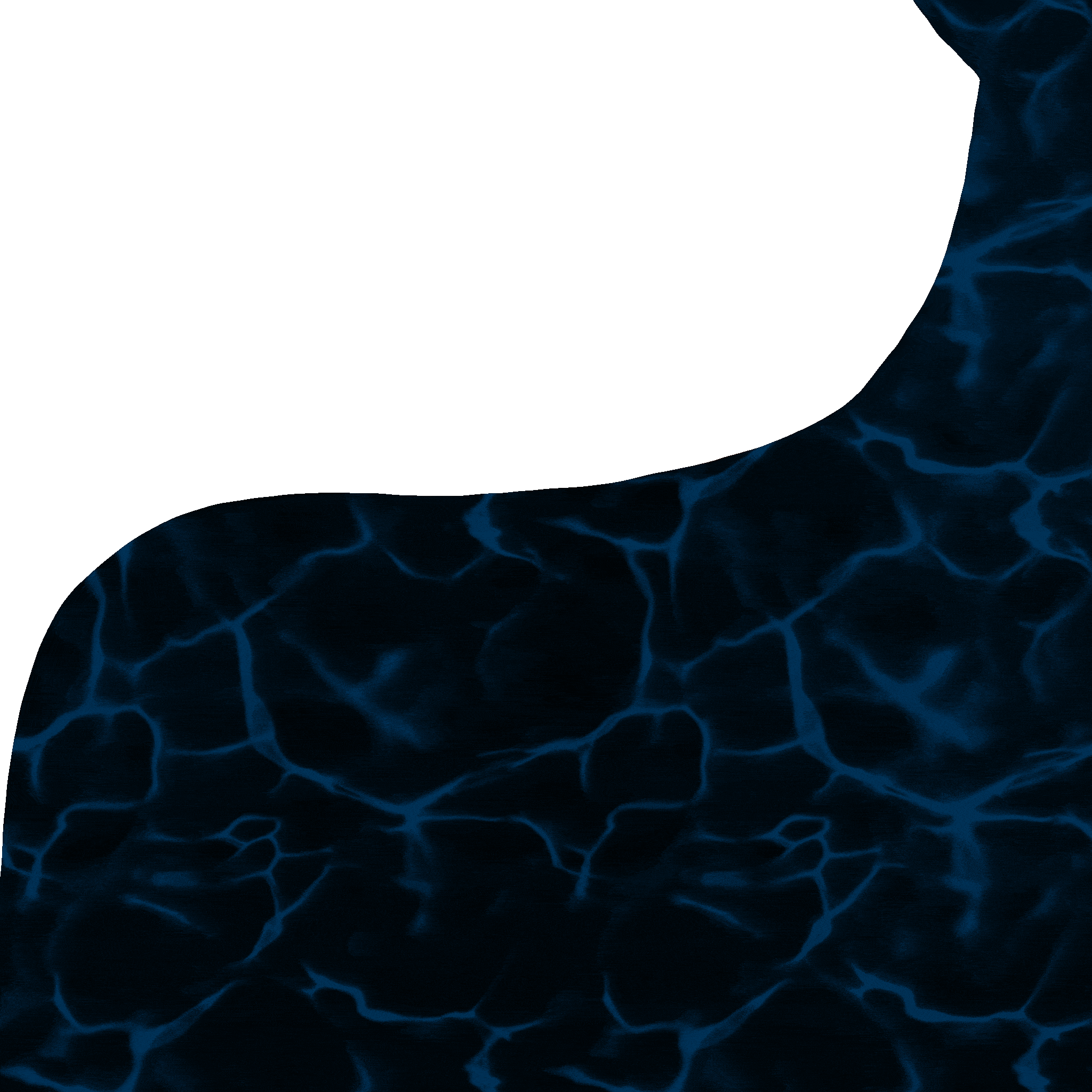
undertones
Yesmar Oyarzun, Juliann Bi, Eddie Jackson
About the Project
undertones is a digital exhibit by members of the production team of the meta-stasis podcast. This exhibit puts a humanistic spin on what it means to review scientific literature. Contributors used dermatology articles published since the 1990s as jumping off points to spark humanistic and critical art and writing. The art and writing featured here engages with problems at the nexus between race, dermatology, cancer, and the algorithmic turn. What does it mean to be represented, misrepresented, or not represented? Who appears in the archive of dermatology? Whose skin matters? undertones collapses the boundaries between objectivity and subjectivity, questions the impulse toward standardization, and takes science, art, and theory equally seriously.
1993
assumption (n): a thing that is accepted as true or as certain to happen, without proof.
assumption (n): the action of taking on power or responsibility.
We often liken science to a puzzle. We tend to think that if only we had the whole picture, all of the pieces, maybe we could figure out the problem. But what if I told you that sometimes all— or at least more— of the pieces are there, and then we take the ones we think are unimportant out.
A study wants to find out how much skin cancer is caused by the sun. To do that, it takes some shortcuts.
Cut one: Race is real.
Cut two: African = Black. Everyone that is African but not South African is Black.
Cut three: Everyone who is "Black" has dark skin.
Cut four: Everyone who has dark skin and has melanoma did not get melanoma as a result of sun exposure.
Now, having made those cuts, they apply their formula.
I would suppose they came up short.

1999
You can't ask a map a question, so I submit these 10 questions to the ether.
-
What does skin cancer look like?
-
The sun colors your skin. Your skin colors a map, but if and only if you are white. Do you only have melanoma if you are white? Who works under the radiance of the sun?
-
How can we make maps look right? Well, the borders are always real, yet I've curiously never come upon one in my travels.
-
Are states are real? Is the United States real? The lines that outline them and the awkward shapes that fill those lines always seem to be stable. Is stability reality?
-
Is this how we populate the represented space? Are we static?
-
Latitude matters. Why is it easier to make out the shape of Louisiana than the latitudes between which it supposedly sits?
-
Why do we like maps?
-
Why do we prefer when things are smooth? Smooth ride, smooth liquor, smooth moves, smooth texture, smooth maps.
-
If a man who lives in New York and Florida develops skin cancer, where would I find him on the map?
-
If we can find cancer on a map, can we stop it in its tracks?


2000
Again and again, melanin is a problem for researchers.
A study wants to challenge the way that skin phenotype has been measured. "The commonly used markers for skin phenotype have been eye colour, hair colour, and various measures of skin colour." And they know that's wrong— it's too subjective— so they propose more objective measures to, you know, relieve bias.
They take a sample of people with only "northern European ancestry" to determine human susceptibility to melanocyte mutations.
Ain't I a human?
The results, they argue, are unbiased. They have nothing to do with, they don't rely on, the subject's perception.
But objectivity only solved the problem for humans. It didn't solve the problem for me.
I've got too much melanin. I am the problem.
"To the real question, How does it feel to be a problem? I answer seldom a word." - W.E.B DuBois, 1903


2012
How might technologies help us in our pursuits of health? Personalized medicine seeks to provide individualized solutions for patients based on highly specific data, such as patients' DNA profiles. But what about personalized health messaging? What if, based on information about your experiences and preferences, you were provided with messages and reminders that would allow you to take care of yourself the way you see fit?
Take, for example, deciding whether you need to wear sunscreen: Are you at a statistical risk for developing skin cancers? Do you normally wear sunscreen? Does anyone in your family have skin cancer? Have you had skin cancer? What kind of skin cancer have you had? Do you experience skin damage from sun exposure often? If not, is it because you do things besides wearing sunscreen to decrease your sun exposure? For example, do you where hats when you go outside?
Depending on your answers to these questions, you might be classified not by your skin color or— god(dess) forbid— your race, but by your self-reported risks and behaviors.
2012
How many ways are there to diagnose skin cancer?
Here are two.
Diagnostic abilities (and many other abilities) are often trained using what I'll call a one-point model. You can detect a cancerous growth, for example, by seeing one lesion at one point in time. A one-point model, theoretically, requires that the dermatologist (or machine) is trained on some reliable set of data (through textbooks, training, computer data sets) ideally containing all sorts of people, potential places on the body, lesions, etc.
This is sort of a total different frame of mind than what I'll call a dynamic model. In this framework, one will look at one or many points on the same individual's body over time. It requires that the machine, the dermatologist, or even lay person recognizes that there has been change in one individual from time A to time B.
Both of these models effectively happen simultaneously in everyday life or practice.
These different models for disease detection are important because they have different implications for what is standard care. For instance, people would need to see a dermatologist regularly for a dynamic model to work.
But the stakes are that the dynamic model presupposes that change is suspect. It can happen to anyone regardless of "race" or even melanin content, and it must be monitored.
One might hypothesize that this would lead to less racism in practice, but of course that's a question of research.


2014
When you break a bone you wrap it in a cast and when you get a cut you dress it with a band-aid. This is a cause-and-effect relationship that is familiar to the doctrine of medical practice. Or so we thought. We see groupings of signs and symptoms and communities but very little action to repair them.
But this makes sense. Medicine treats the signs and symptoms but not the patient. They get boiled down to a list of drugs and procedures and numbers. Rarely are they seen as fully autonomous beings or members of a greater collective.
Who could we heal if we saw people holistically? How many lives could we save? What world could we create?
2017
"Race was classified as entered into the NCDB participant user file, but was not used in analysis since the cohort was predominantly white"
A paper written about Melanoma metastasis that only includes white bodies....
Like a box of white crayons
Like a spice mix of just parsley
Like two left handed gloves
Completely useless and more importantly
Dangerous

2018
Ferrante di Ruffano set out with the daunting task of evaluating the efficacy of artificial intelligence systems in the diagnosis of skin lesions. Not only is this a relatively new field, but it is also incredibly diverse and ever-changing. The field doesn’t have a standard computational model which makes these kinds of evaluations quite difficult. Ferrante di Ruffano wasn’t able to draw conclusions about particular models, but she was able to generalize that there is some benefit in using artificial intelligence for skin cancer diagnosis in select populations. It is a little unclear what these populations are, but some inferences can be made when looking at patient population demographics. Most of the studies that Ferrante di Ruffano references do not include race or ethnicity in their population demographics which is somewhat alarming. The studies that include race in their demographics were overwhelmingly white, >91% white.


2020
Scientific innovation is built on the backs of the work done before them. Decades of research and experiments leads us to our future.
But what happens when we reject it and strike out on our own.
To push boundaries and question the status quo
We create new ways of thinking and develop new bodies of knowledge through the exploration of the unknown
Will we ever have a perfect solution? No, but we can get very close.
If we address what's wrong and change how we view things, we can change the world
.png)
CREDITS
YESMAR OYARZUN was a writer and creative director for the undertones exhibit. She is a senior producer on the meta-stasis podcast and a graduate student at Rice University in the department of anthropology specializing in skin, race, and medical education.
JULIANN BI was the lead artist and co-creative director for the undertones exhibit. She is a project manager and story editor at the meta-stasis podcast. Juliann is an economist and historian. She is currently pursuing a career in media and mental health and enjoys creating digital art and longboarding.
EDDIE JACKSON served as a writer, co-creative director, and platform manager for the undertones exhibit. Eddie is a senior at Rice majoring in Chemistry and minoring in Medical Humanities and is a producer and media manager at the meta-stasis podcast. They plan to pursue a career in pediatric oncology.